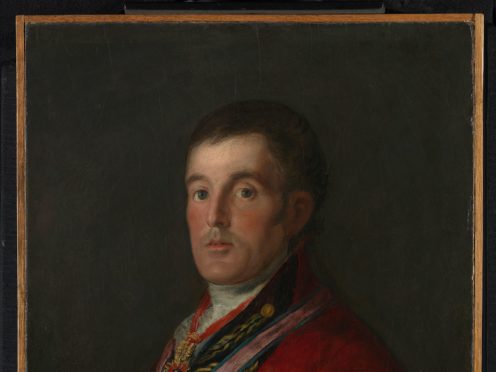The National Gallery will share documents related to the high-profile theft of Francisco Goya’s portrait of the Duke of Wellington to mark 60 years since it was taken.
Newcastle taxi driver Kempton Bunton took the painting in August 1961 just 19 days after it had gone on display.
He sent ransom notes saying he would return the painting if more money was spent on looking after the elderly, with a specific interest in free TV licences.

The Duke of Wellington was returned almost four years after it was stolen, with Bunton’s lawyer successfully arguing his client never intended to keep the painting and the man only convicted with taking the frame.
To mark the anniversary of the theft, the National Gallery has released photographed papers including a reward notice from the Metropolitan Police, a handwritten ransom note and a statement on the Gallery’s position following the ransom demands.
They are held at the gallery’s research centre. The painting itself is currently on display in Room 45.
The portrait, which was painted following Wellington’s victory at the Battle of Salamanca in 1812, was acquired by the state after the Government stepped in to stop it being bought by an American tycoon.

The theft was referenced in the 1962 James Bond film Dr No in a scene in which the painting was on display at the titular villain’s lair, suggesting he had stolen the work.
Bunton’s taking of the portrait will be explored in The Duke, a film set for release next year, starring Jim Broadbent and Dame Helen Mirren.
Director Roger Michell said: “It’s amazing to think this painting was once hidden at the back of a wardrobe in Newcastle. And perhaps even more amazing that 60 years later I got to make a film about how it ended up there!
“It’s a story that provides much laughter (and a few tears), boosted undoubtedly by the brilliance of Jim Broadbent and Helen Mirren. There’s also a delicious twist that I can’t wait to share with the public when the film is finally in cinemas next spring.
“In the meantime, enjoy Goya’s painting as it was meant to be enjoyed: hanging on the wall of the National Gallery.”
Bunton died in Newcastle in 1976.
